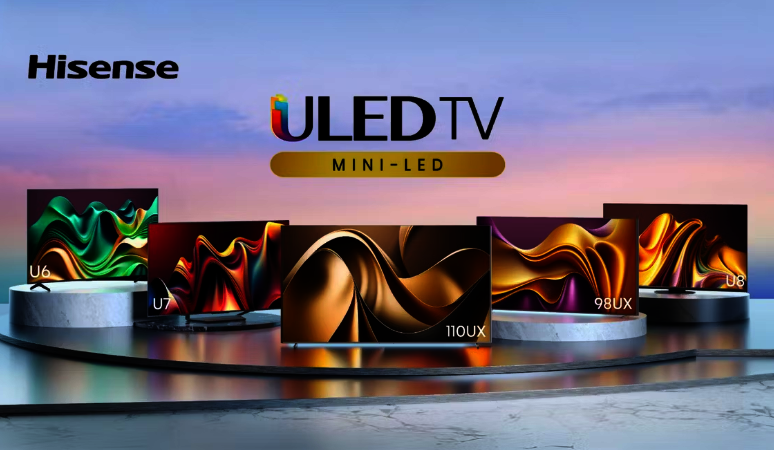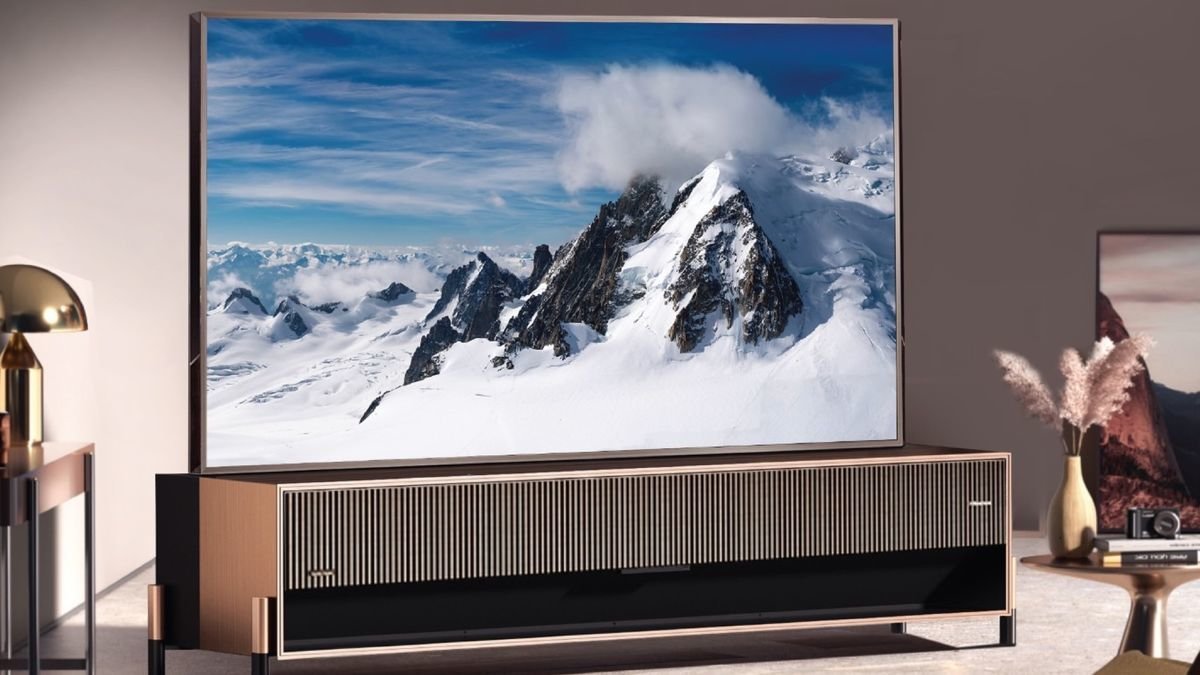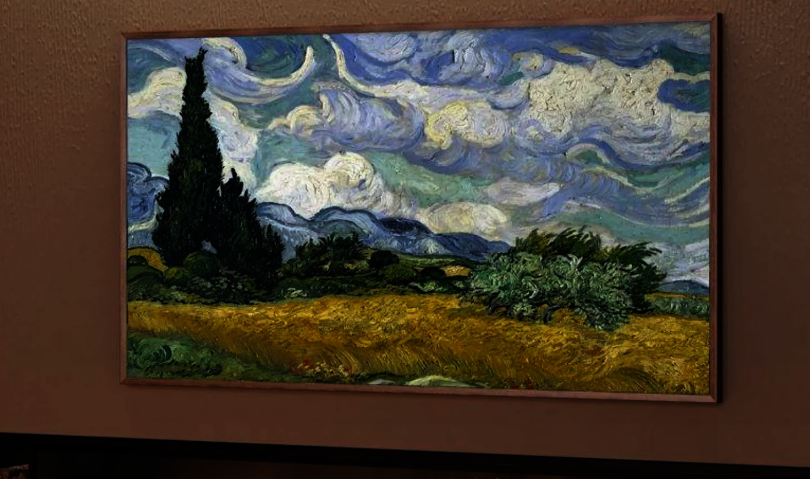Hisense took to the stage at CES 2024 this week to launch a series of high-end and big-sized Mini-LED TVs that will go on sale later this year, as part of its popular ULED and ULED X series TVs.

The company did not confirm which countries the new TVs are destined for, but the U.S.-centric nature of CES means that they should almost certainly appear in North America, at least. It's less clear if the models on show at CES will make their way to the U.K., but in recent years the company has followed a more unified approach so many of them could do so.
The headline acts for Hisense this year appear to be the new 98UX and 110UX models, and their names offer us a big clue as to how big their screen sizes are. The Hisense 110UX (pictured, below) is an enormous, 110-inch beast of a TV that's incredibly bright, with the company claiming a terrific 10,000 nits brightness and up to 40,000 local dimming zones on board. With that much brightness and that many dimming zones, the 110UX "virtually eliminates blooming", the company says.

Those impressive specifications are supported by Hisense's all-new Hi-View Engine X chipset with 16-bit backlight control and AI enhancing features that are said to deliver more accurate colours, contrast, upscaling and motion control. Hisense said the 110UX covers 95% of the Bt.2020 colour gamut, which compared to just 80% for most other premium TVs. There's a 4.2.2 channel audio system built into the TV too, with Dolby Atmos Flex Connect for wireless transmission of multi-channel audio.
As for the Hisense 98UX, this is almost as impressive, with its peak brightness of 5,000 nits and more than 10,000 dimming zones. It has a native 144Hz panel, and its audio system is every bit as good as the one on the 110UX.
A third set in the UX lineup is the Super Slim 75UX TV, which is the company's thinnest ever Mini-LED TV at just 13.66mm. It also boasts the 4.2.2 channel sound system and features an X-Core Sensing chipset that's said to be capable of "perceptive image rendering". It also has an ambient light sensor built in to help modify the on-screen brightness according to the light level in the room.
Moving onto Hisense's more affordable ULED lineup, the flagship there is the new Hisense U76N, which is a 100-inch Mini-LED TV with quantum dots, filmmaker mode, IMAX Enhanced certification, a 144HZ refresh rate and the Google TV operating system.
Hisense is also using Mini-LED displays in its lower cost U8N (pictured, below), U7N and U6N TVs as well. They're said to come with QLED displays and deliver 3,000 nits of peak brightness, with a specurtum of sizes ranging from 55-inches to 85-inches available. Like the U76N, they also feature filmmaker mode, Dolby Vision and IMAX Enhanced certification, as well as the 144Hz panel that makes them ideal for video gaming.

There's also a new Game Bar feature within Hisense's entire ULED lineup, and the TVs all support ALLM, G-Sync compatibility, Dolby Gaming, Freesync Premium Pro and a Game Mode Pro feature. Meanwhile, the AI-powered chip inside them is said to enable feature such as Dynamic Tone Mapping Pro, AI HDR Enhancement, AI Detail Enhancement and Face Detection.
The company also found to show off a quirkier concept called the Canvas TV (below), which is similar to Samsung's The Frame, blending art with technology. Like The Frame, it's designed to be hung on a wall and display digital art when it's not being used to watch movies.

As always, Hisense debuted a new range of Laser TVs too, including the Rolling Screen Laser TV that slowly disappears into its plinth when it is switched off, and a Super Slim Ultra-Light Laser TV, which is said to be the smallest 4K projector in the industry thanks to its ultra compact laser engine. The 8K Sonic Laser TV delivers not just superior resolution but also more than one billion colours, while the Ultra Black Screen Laser TV comes with a dedicated screen that improves light efficiency by 53% through the use of its Micro-Nano Anti-Glare film.
In terms of its Tri-Chroma laser tech, Hisense has made improvements here too, with a new "light steering" capability that better controls the direction of the light, improving energy distribution so as to reduce dark scenes by up to 50%, while boosting bright ones by a cool 500%.